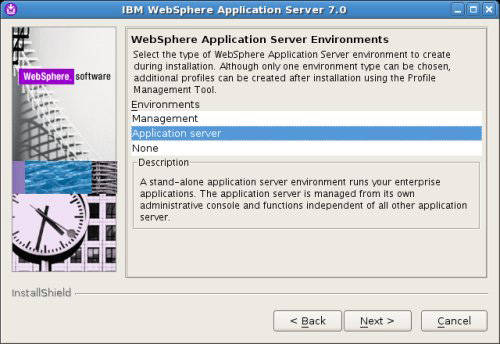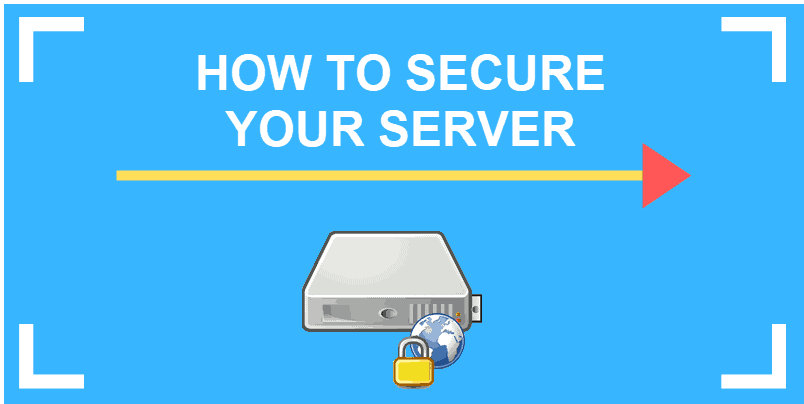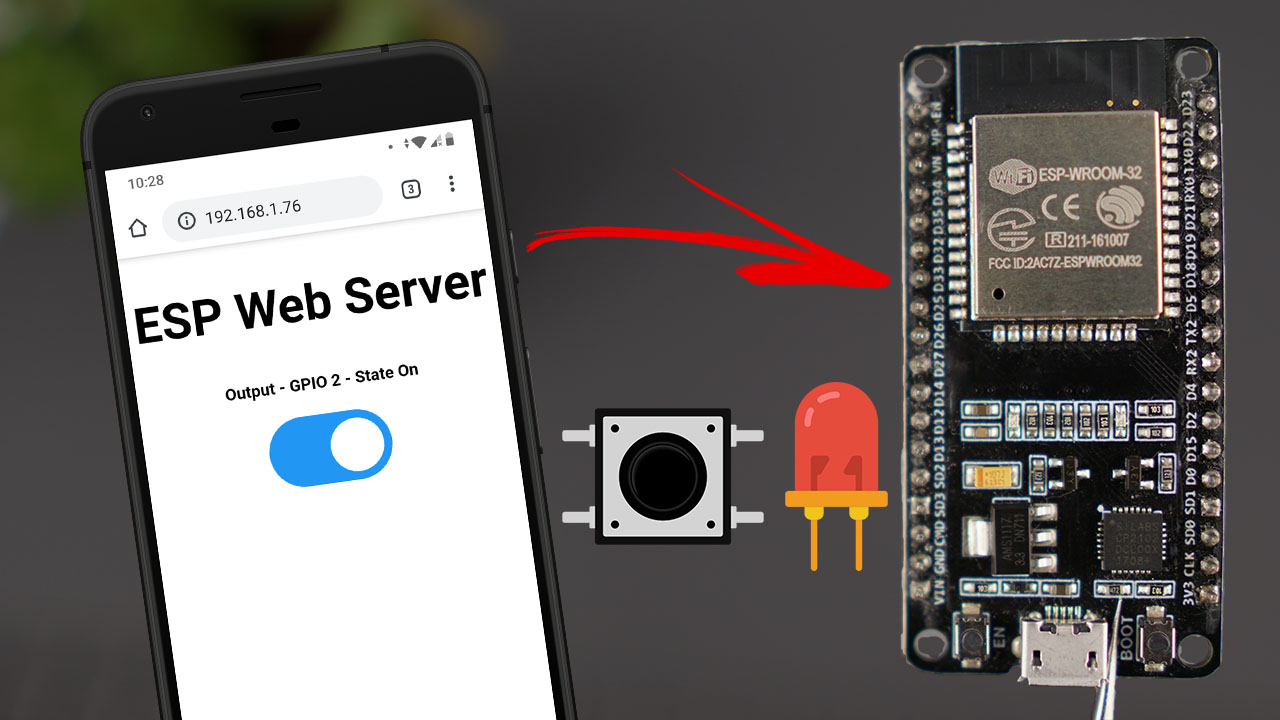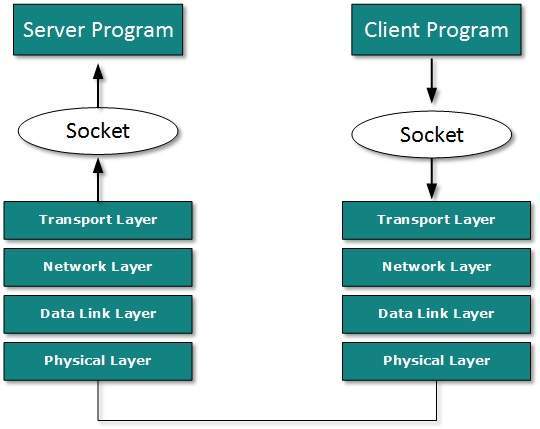How to Host Your Own Minecraft Server Tutorial
If you’ve ever wondered how to host your own Minecraft server, you’re not alone. Thousands of people all over the world have taken to this open-source game. As of February 2017, it had sold over 121 million copies worldwide. What sets this game apart is its worldwide community and open-platform platform. Whether you’re looking for an affordable and efficient hosting plan, or if you’d like to host your own custom server to create an experience that’s unique and customized to your needs, this how-to guide will help you get started.
Setting up a Minecraft server
The first step of setting up a Minecraft server is to download the server software. You should also enable port forwarding and the command line “enable-command-block”. This will help you to teach your Minecraft players the basics of coding. You can learn more about server commands here. To set up a Minecraft server, follow these simple steps:
You will need a Java edition of the game and a Multicraft Control Panel. This will give you super admin permissions, edit config files, schedule tasks, and stop and start your server. This control panel also allows you to load plugins and set op whitelist. The Multicraft Control Panel will also give you an FTP account. To install the plugins, you will need an FTP account.
Minimum requirements
While building a Minecraft server on a PC can be a good option for those who want to play the game with a small group of trusted friends, it is usually a better idea to rent a dedicated server if you plan to accommodate a large number of players. The minimum requirements for running a Minecraft server are specific to the server. However, you should also take into account the minimum requirements of the game.
When you choose to host your own Minecraft server, you must ensure that it is equipped with high-performance hardware. The best way to ensure that your server runs as smoothly as possible is to use a powerful PC. You’ll need at least 2GB of RAM, as a less powerful machine can result in a slower server. Another important aspect to consider is how many players you’ll have. The amount of RAM depends on the number of players you plan on serving.
Cost of hosting a Minecraft server
Whether you’re starting a small community or a large organization, there are many different ways to host a Minecraft server. While many players choose to host their server on their own computer, remote servers are a better option. Not only do they have higher performance and 100 percent network uptime, but they also cost less. Below are three ways to get a Minecraft server for less. You can choose between Bedrock and Java versions.
Depending on how many players join your server, your hosting costs will vary. You will need at least 2GB of ram to ensure a lag-free gaming experience for everyone. You should also have a computer with enough ram to handle the amount of users that you’ll be hosting. Finally, you’ll need to have a good knowledge of programming and hardware. You’ll need to learn how to update the server and install mods.
Getting players to connect to your server
If you’re interested in setting up a Minecraft server, you’ll need to know how to create a text document to connect to it. To do this, you can right-click the Minecraft server file and select “New Text Document”. When the new document is created, type the IP address followed by a colon (:) and the five-digit port number into the box. Once this document is ready, you can publish it on a Minecraft server listing website.
Once you’ve created the server, you’ll need to create the OP user. To do this, log into the Minecraft control panel and issue the command “op username” without quotations. Once the op player has been created, they can issue any command in the game, including ban commands. If you want to allow only certain players to connect to your server, you can op them and ban others from it.





